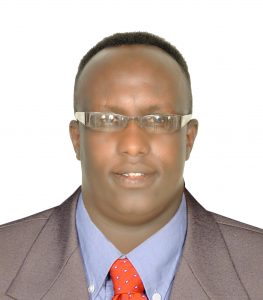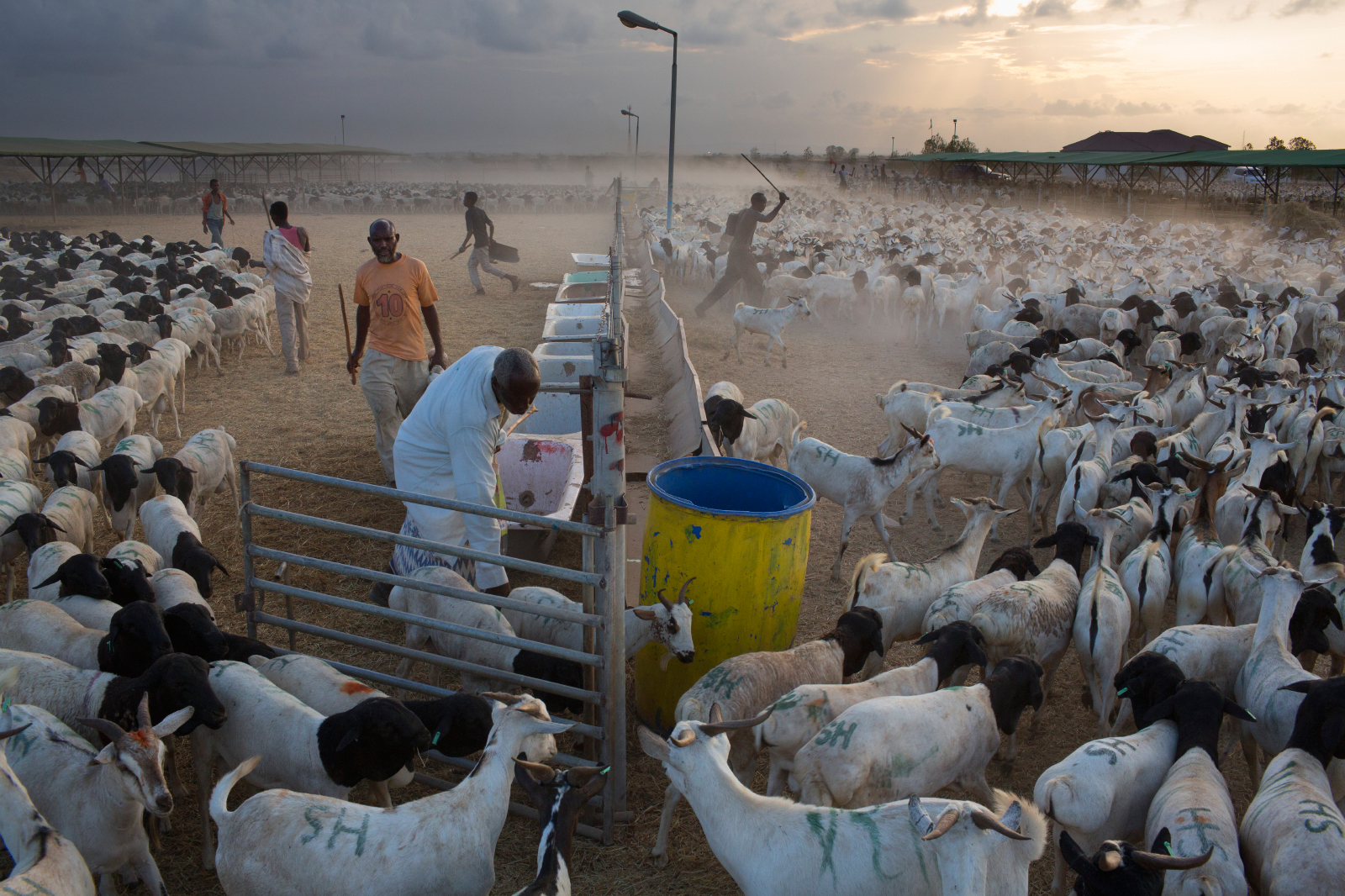HARGEISA (HAN) May 21.2016. Public Diplomacy & Regional Security News. BY: Mohammed Dahir Ahmed.

PART ONE: It was a noteworthy endeavor for Somaliland to set a comprehensive five year national development plan. There were two national plans prior to this with shorter time span, one was two years development plan (1998-1999) and one was three years development plan (2003-2005), called strategy for economic recovery and poverty reduction plan.
The five year national development plan covers the five year period from 2012 to 2016, it has five pillars;1.Economic pillar 2.Infrastructure pillar 3.Governance pillar 4. Social pillar 5. Environment pillar. The total budget or money required for the five years plan implementation was 1190.03 million United States dollars, which means yearly it was required $238 millions for plan implementation, although less money were allocated for early years of the plan and more for the later years of the programme implementation. Nearly half of the money was allocated for the infrastructure pillar ($486.99 million), which is further allocated 50% of it to road development, the social pillar ($294.53 million) and economic pillar ($174.55 million), the rest was allocated between the governance pillar ($191.13 million), and the environment pillar ($ 42.83 million).
As far as the sources of funding is concerned; 79.38% was planned to be funded by the donors, 14.25% by the private sector, 5.93% by Somaliland government, and 0.44% by the Somaliland Diaspora. According to the plan private sector will fund 14.25%. The lion share of this private sector investment was planned for Berbera cement factory with a cost of $70 million, which was not so far realized.
The external donors expected from the bulky of the funding (79.38%);were Bilateral, Regional institutions(IGAD),INGOs,Private donors and trust funds,UN agencies, international financial institutions (African development bank, World bank, and Islamic development bank). The visible contribution from the donor community is the Somaliland development fund (SDF),which is managed by a private consultancy firm called Mott MACDONALD ,reason being money cannot be channeled through the government financial system, since its system is untrustworthy and the recommended public financial management reforms by the donor community has not being implemented. Somaliland development fund (SDF) met only 4.2% of the 79.8% required from the donor community. The funding for the SDF is provided by DFID, DANIDA, Norway and the Netherlands. The fees and the administrative cost of the private firm Mott Macdonalds is huge, which is an evidence for the longe standing claim that the lion’s share of the money donated to Somaliland is spent on administrative issues.
As far the National plan’s priority sectors are concerned, there is a very important issue which was not sufficiently addressed, When the Ministry of planning was writing this plan, that there were a youth bulge existing in the Middle East and Sub-Saharan Africa, including Somaliland, which is currently in a boiling point. Instead of allocating half of the budget to infrastructure, it will have been better to make priority number one to the issues of youth. According to the World bank newsletter; in a country with a youth bulge(Youthful generation), as the young adults enter the working age, the country’s dependency ratio—that is, the ratio of the non-working age population to the working age-will decline. If the increase in the number of working age individuals can be fully employed in productive activities, other thing being equal, the level of average income per capita should increase as a result. The youth bulge will become a demographic dividend. However, if a large cohort of young people cannot find employment and earn satisfactory income, the youth bulge will become a demographic bomb, because a large mass of frustrated youth is likely to become a potential source of social and political instability. Therefore, one basic measure of a country’s a success in turning the youth bulge into a demographic dividend is the youth (UN) employment rate, which is currently in Somaliland staggeringly very high and makes youth bulge in Somaliland close to demographic bomb.
Now, we are the end of the last five years, yearly and midterm reviews was required to shed light areas underachieved, why they were underachieved and reasons for underachievement. Further it was required to have a budgetary analysis, actual versus budgeted, but for unknown reasons it has not been performed. The plan belongs to the Somaliland citizens, and its evaluation should be done in a transparent and participatory manner. Even during the planning stage, participation of government agencies were minimal let alone the private sector and the wider Somaliland public, it is not one man’s plan but it was supposed to be a national plan with a national input.
By: Mohammed Dahir Ahmed Senior financial consultant and independent political analyst.
M_ddahir@hotmail.co.uk Hargeisa, Somaliland

Leave a Reply